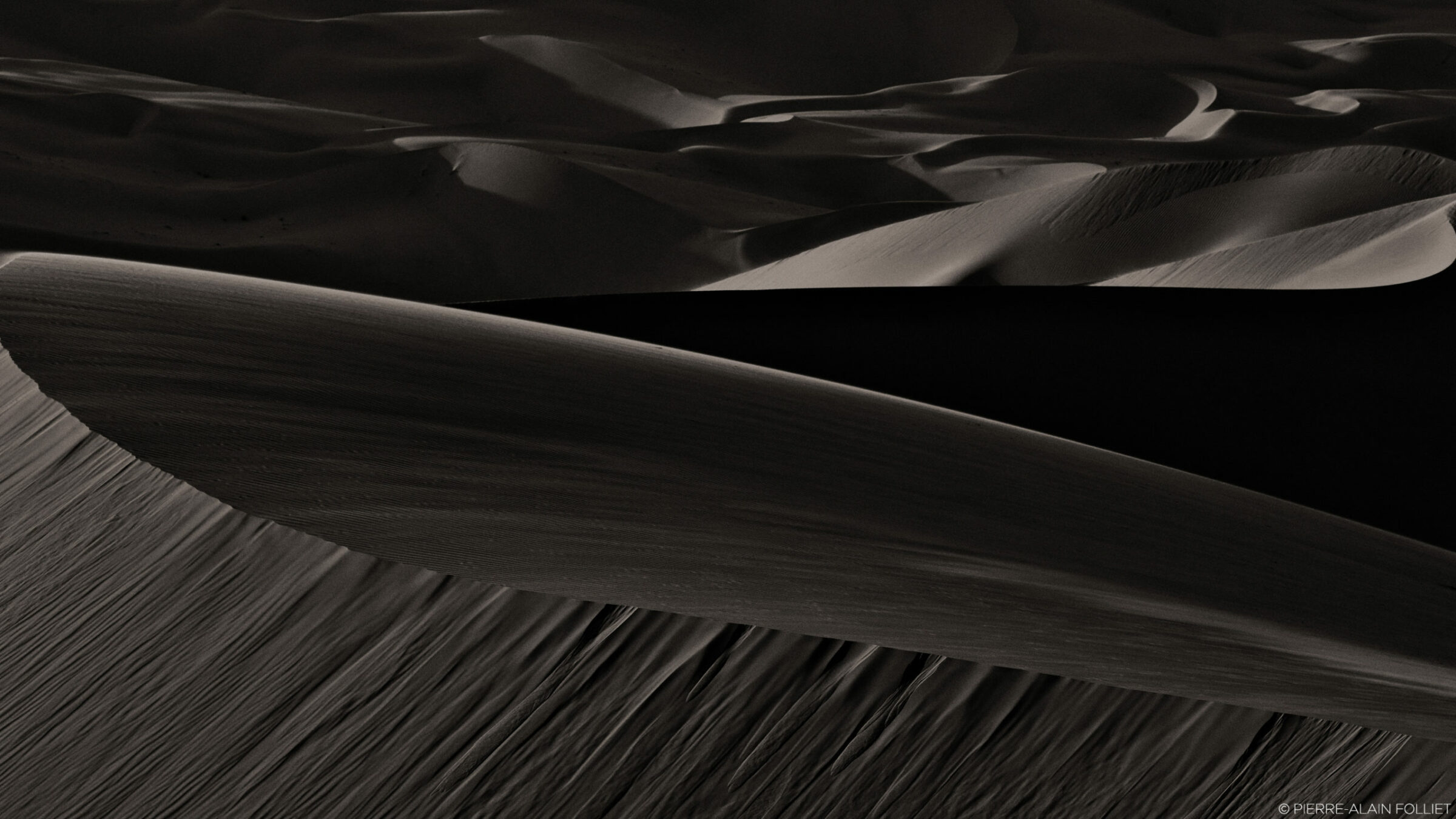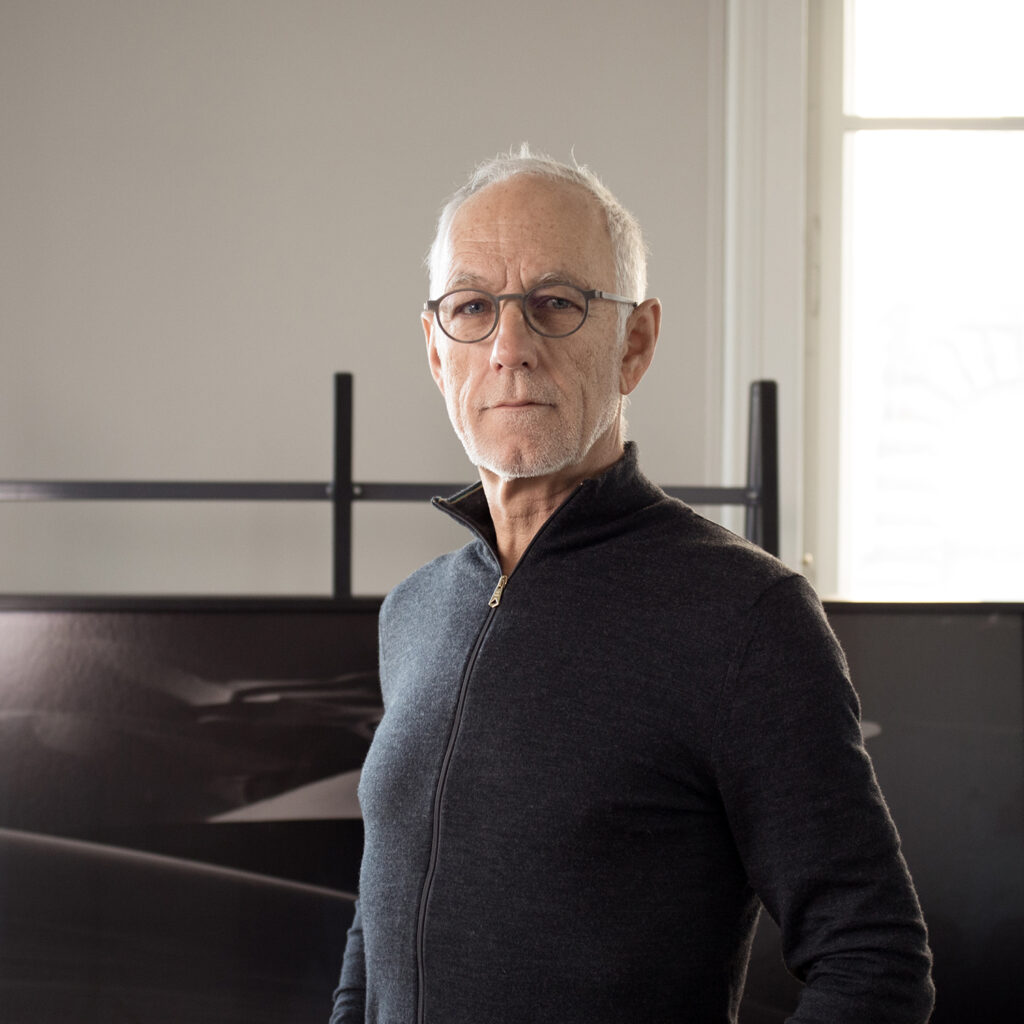
My decision to focus on photography came at a time when people were reaching out with project proposals that I had to refuse due to the lack of time. I realized that if I kept refusing photo projects, they’d stop coming to me, and if I really wanted to do photography I needed to start prioritizing it.
In fact, photography is a way of life for me. I live for photography, I live through photography, I express myself through the image.
The first memory I have related to photography is from when I was about 12 years old and we had a flood in Geneve. I took my mother’s Rolleiflex and went out to take pictures, declaring myself a reporter. I took 12 pictures, because that’s how many the film allowed, and returned home feeling the proudest I’ve ever felt.
“I search for the extraordinary in everything because I’m not much interested in the norm. I love going beyond the norm, even when that means I’ll suffer to get there.”
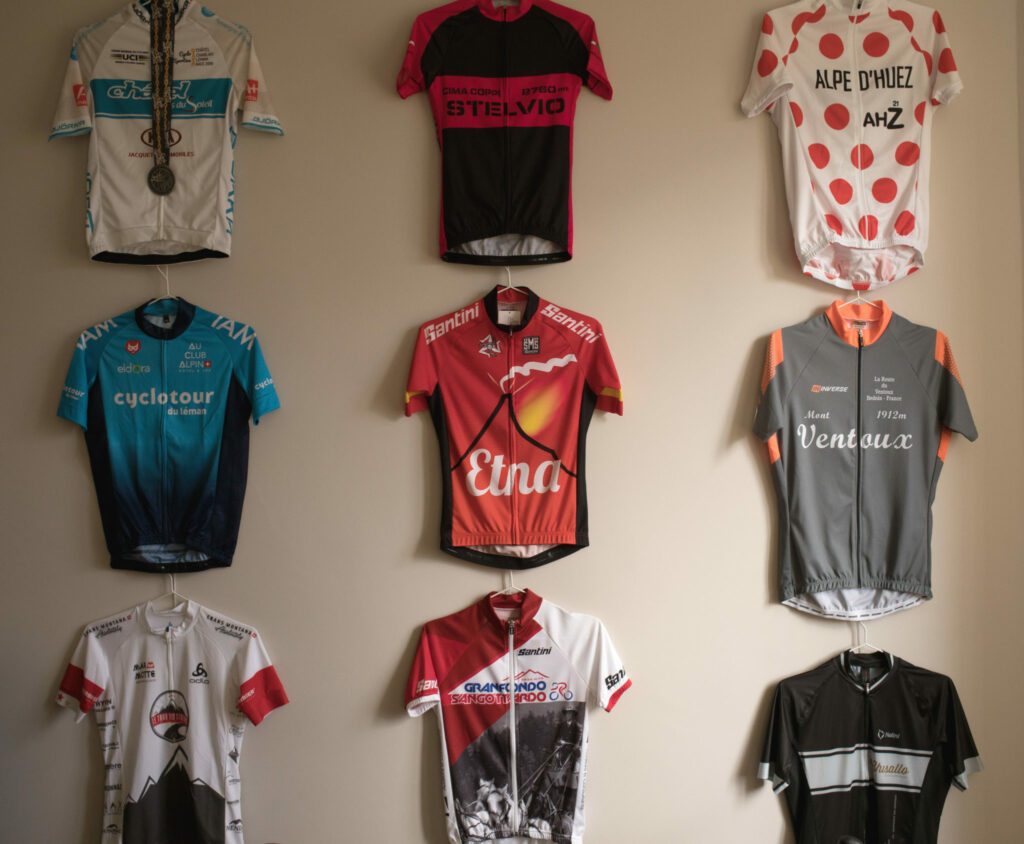
Today I shoot nature because I’m fascinated by its diversity, as well as by the way it tells the story of the Earth’s evolution. I like researching landscapes that I’m curious about, and then going on adventures to discover them. I observe them at length, and I systematically come back. All my projects are long-term projects, some taking years to complete.
I love sports, extreme sports, I love things that go fast. I love the notion of risk, but I also love the feeling of controlling the risk, it allows me to go further than the norm. This is in fact reflected in all my occupations.
My art is in part about managing the subjective experience. When you see something, you see it through the filter of your own experience. It’s not necessarily what the person next to you sees. So what I want is to translate what I see and, in fact, what I feel, not only what I see.
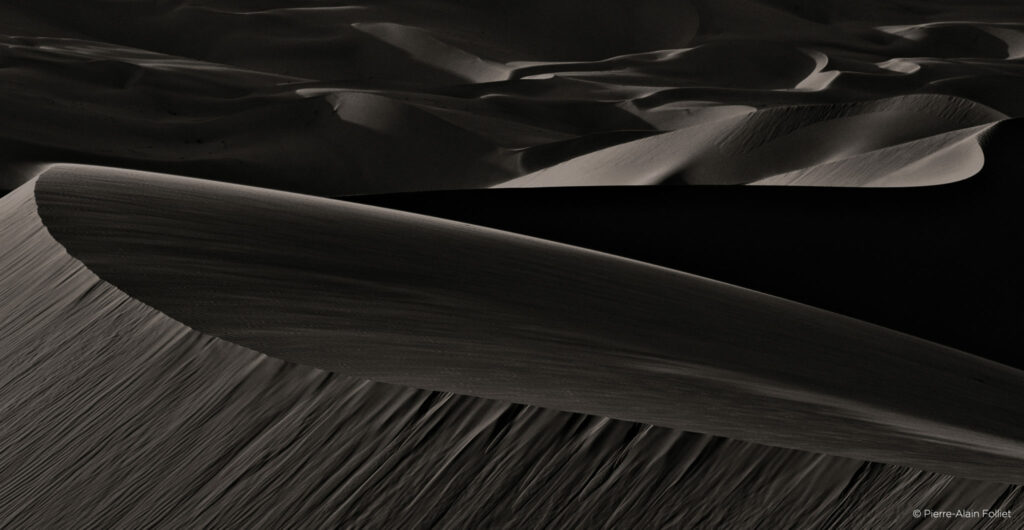
I took this photo in the desert of Liwa, close to Abu Dhabi, one February evening. I had spent four to five hours walking in the middle of nowhere, with no one around, in complete isolation. Just me, some water, and my camera.
As I shot the image I felt a certain contentment, because I could feel the light changing and could see that I would be able to capture that line like that, with the icy wind blowing for just that moment. When that happened, I took only one shot. It was the shot I wanted.
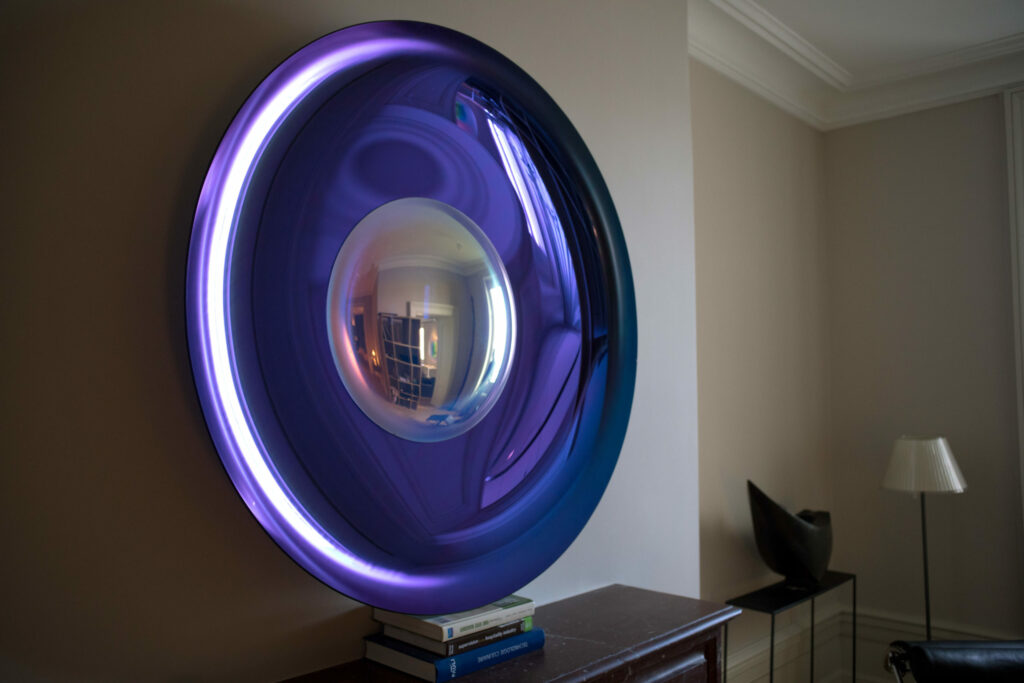
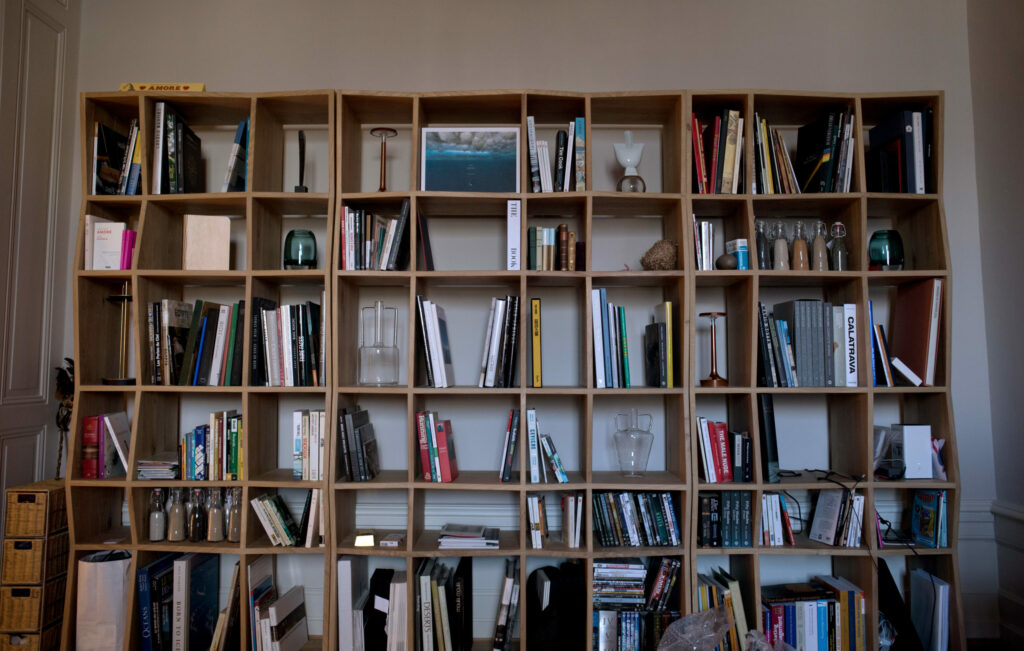
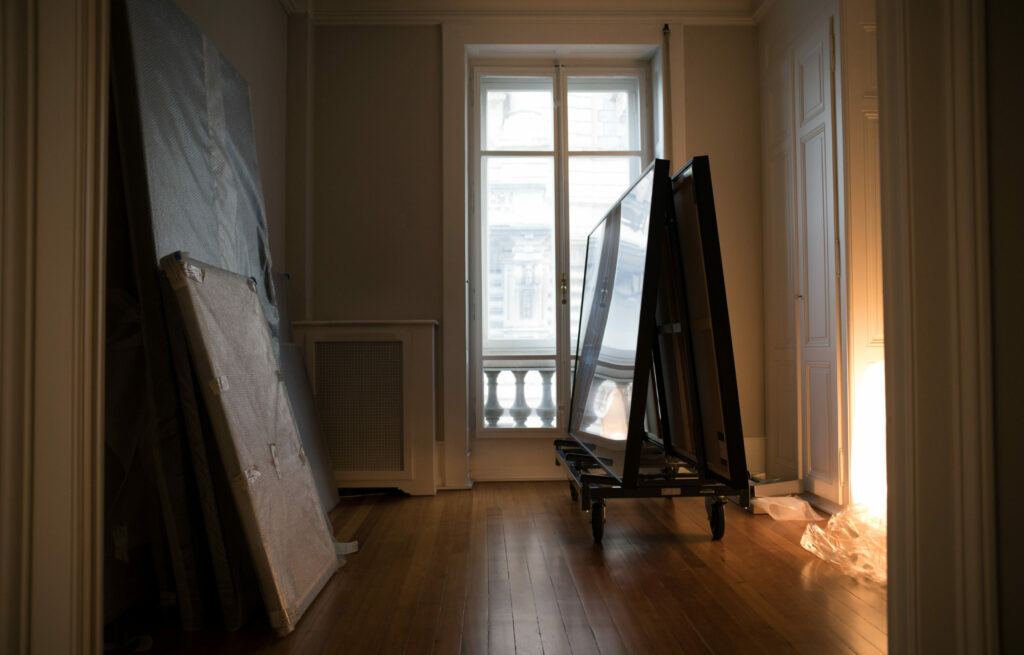
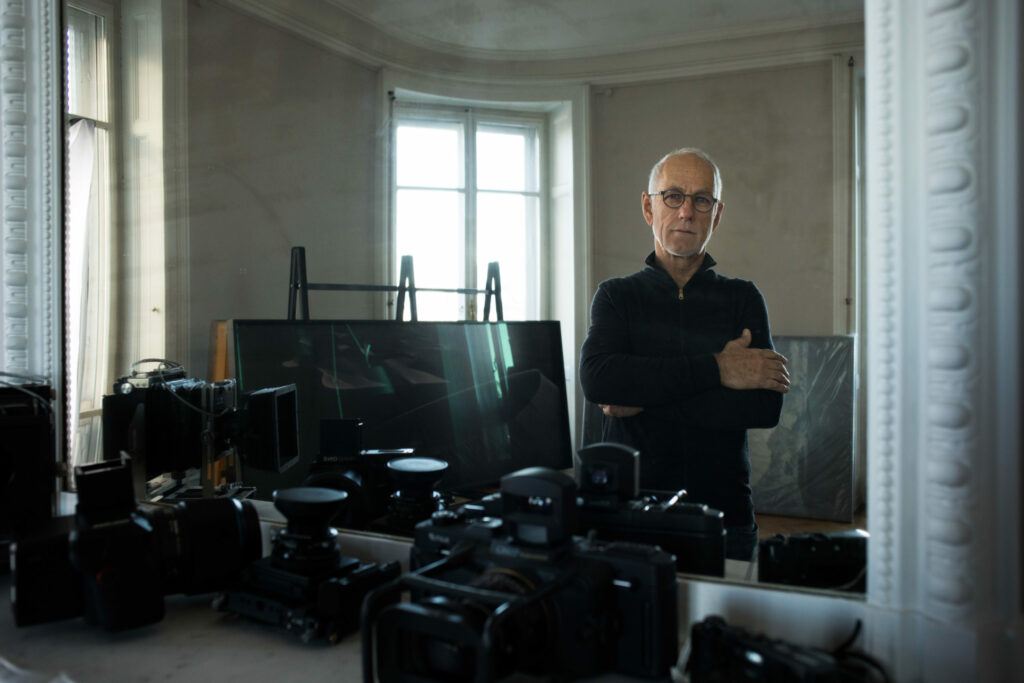
I use Phase One because it has almost no limits in terms of image size. The quality of the rendering is so exceptional that the connection with the image is not only visual, it becomes a physical connection. It’s like you’re able to touch the object, feel the object. You can enlarge an image to unprecedented levels without losing any of the precision, rendering texture, or smoothness of the image. And you discover small new details as you get closer to the print you didn’t see from afar. That’s phenomenal.
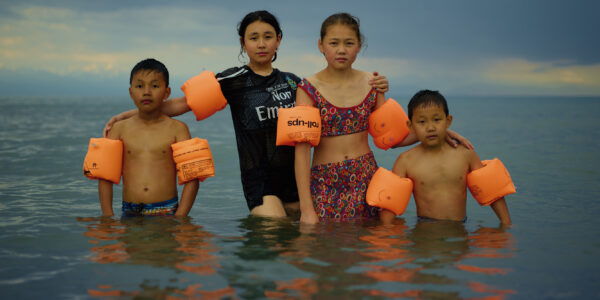
Photographer Stories
Intimacy in focus: Louise’s lens on humanity with Phase One_Part1
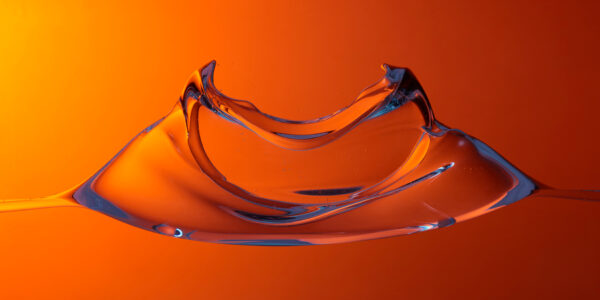
Photographer Stories
Dimitri Newman: Vision is Just the Start
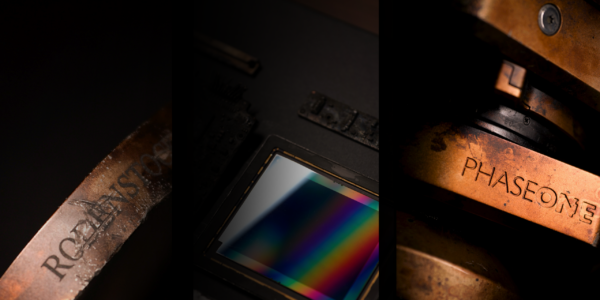
Photographer Stories
Ashes: The Rebirth of a Camera- Hexmalo
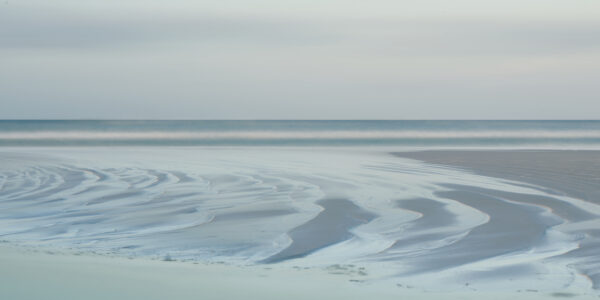
Photographer Stories
Chandler Williams: A Photographer’s Path
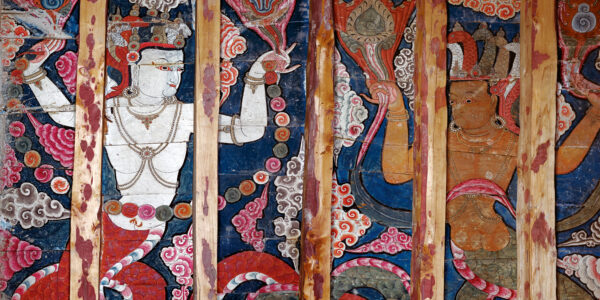
Photographer Stories
TABO- Gods of Light
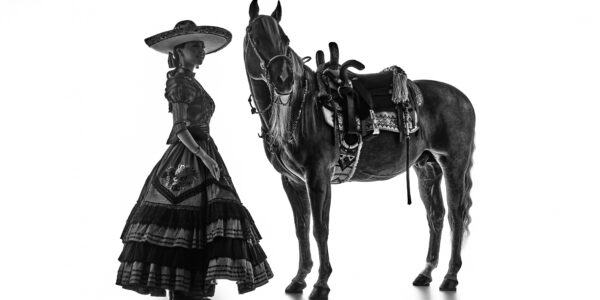
Photographer Stories
Loreto Villarreal – An Evolving Vision
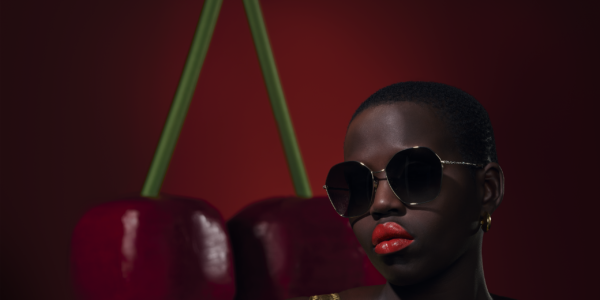
Photographer Stories
Tobias Meier – Storytelling Photography
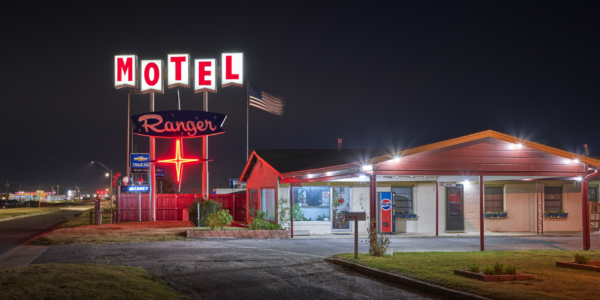
Photographer Stories
Gregory Essayan – Curating Reality
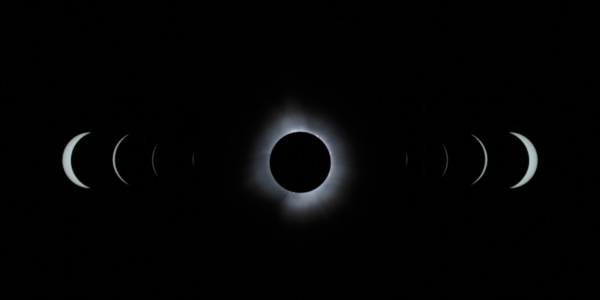
Photographer Stories
Total Solar Eclipse – Matthew C. Ng
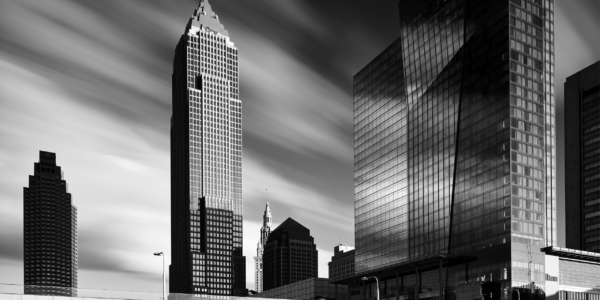
Photographer Stories
Roger Mastroianni – Frame Averaging
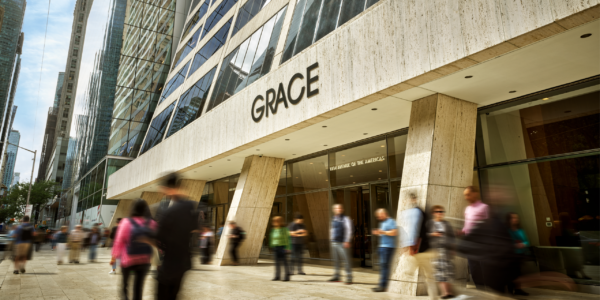
Photographer Stories
Matthew Plexman – Bringing portraits to life
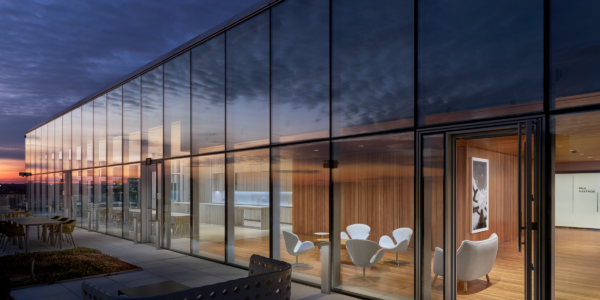
Photographer Stories
Prakash Patel – A Visual Design Story
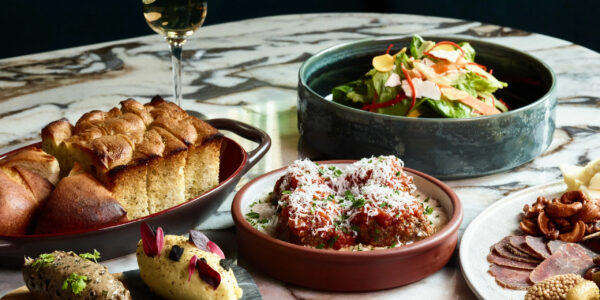
Photographer Stories
Karen Culp – Food Photography Ideas
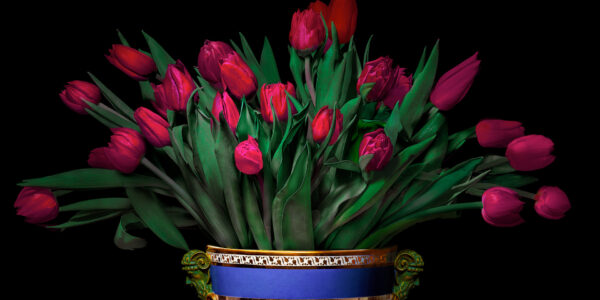
Photographer Stories
T.M. Glass: Flower portraits
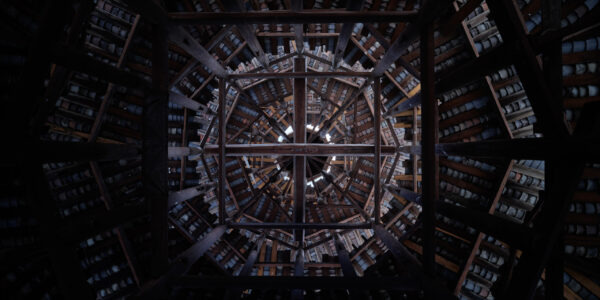
Photographer Stories
Preserving ancient Chinese buildings – Dong Village
